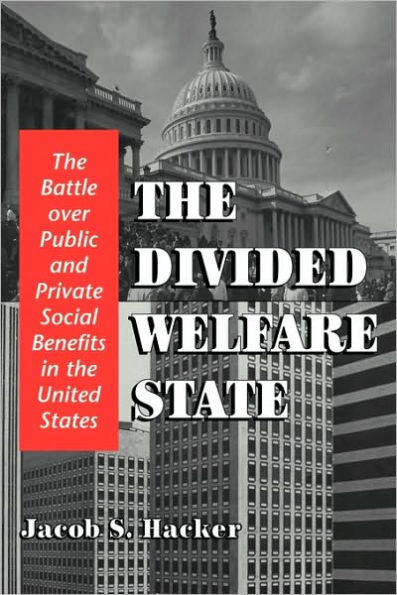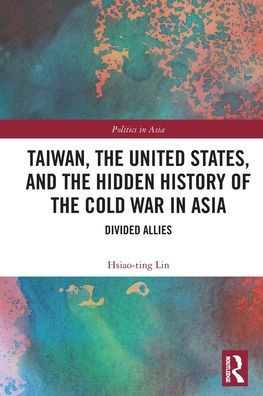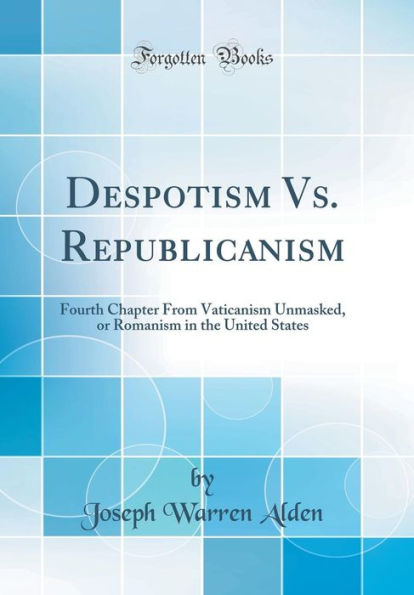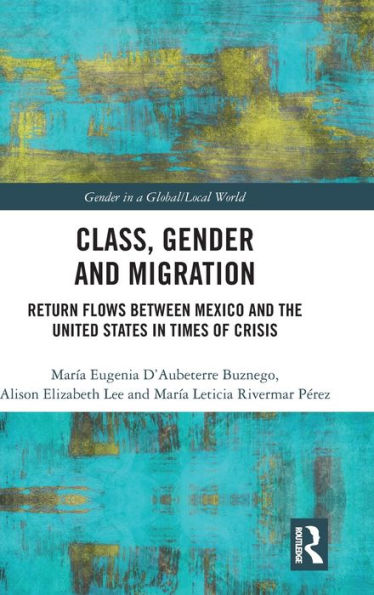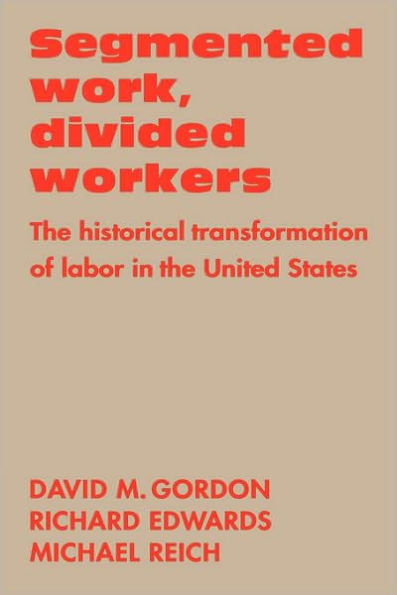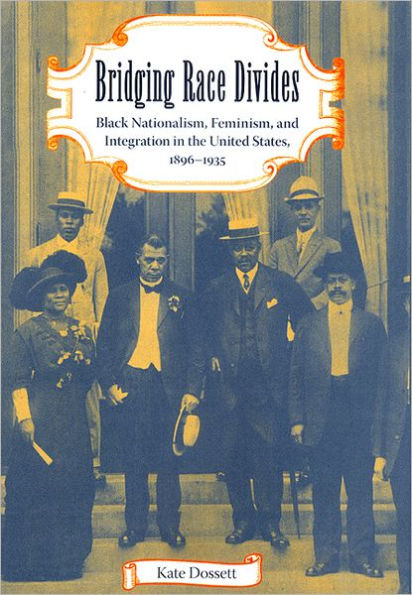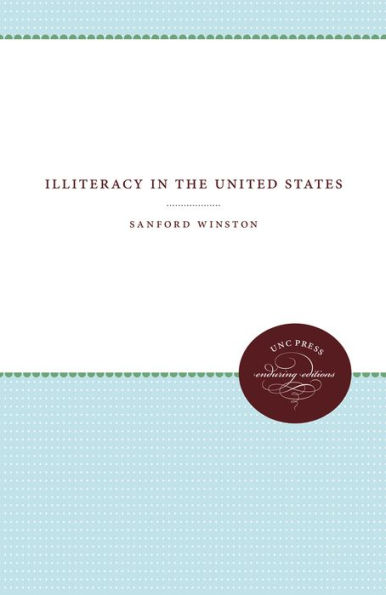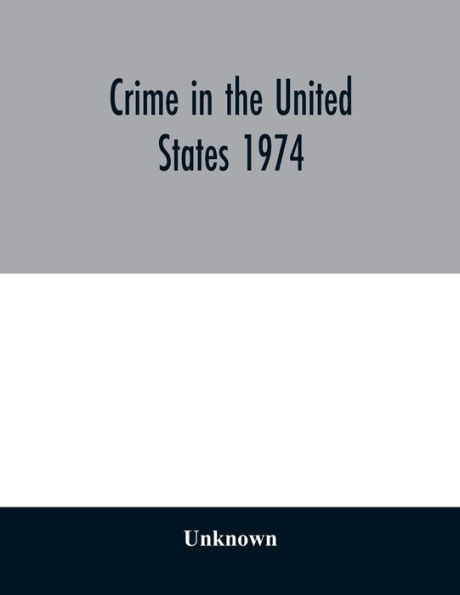Home
Divided Friends: Portraits of the Roman Catholic Modernist Crisis in the United States
Barnes and Noble
Divided Friends: Portraits of the Roman Catholic Modernist Crisis in the United States
Current price: $39.95
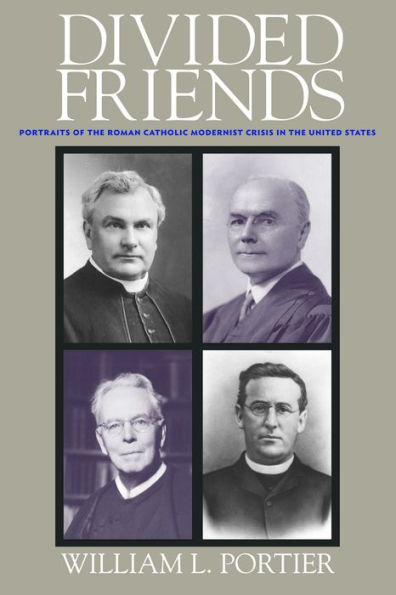

Barnes and Noble
Divided Friends: Portraits of the Roman Catholic Modernist Crisis in the United States
Current price: $39.95
Size: OS
Loading Inventory...
*Product information may vary - to confirm product availability, pricing, shipping and return information please contact Barnes and Noble
On September 8, 1907, Pope St. Pius X brought the simmering Roman Catholic Modernist crisis to a boil with his encyclical Pascendi dominici gregis. In
Pascendi's
terms, recent biblical, historical, scientific, and philosophical attempts to take seriously subjective mediations of God's revelation led only to subjectivism and agnosticism. Pius X condemned these as "Modernism" and the "synthesis of all heresies." This Modernism threatened the very human capacity to know and believe in God as a reality apart from human consciousness. Prior to 1907 no Catholic thinkers had used the term
Modernism
to designate the theological or biblical work they were doing.
Pascendi
, with its provisions for diocesan vigilance committees and censorship of books, combined with the subsequent Oath against Modernism (1910), created a climate of suspicion and fear.
In two sets of intertwined biographical portraits, spanning two generations,
Divided Friends
dramatizes the theological issues of the modernist crisis, highlighting their personal dimensions and extensively reinterpreting their long-range effects. The four protagonists are Bishop Denis J. O'Connell, Josephite founder John R. Slattery, together with the Paulists William L. Sullivan and Joseph McSorley. Their lives span the decades from the Americanist crisis of the 1890s right up to the eve of Vatican II. In each set, one leaves the church and one stays. The two who leave come to see their former companions as fundamentally dishonest.
entails a reinterpretation of the intellectual fallout from the modernist crisis and a reframing of the 20th century debate about Catholic intellectual life.


